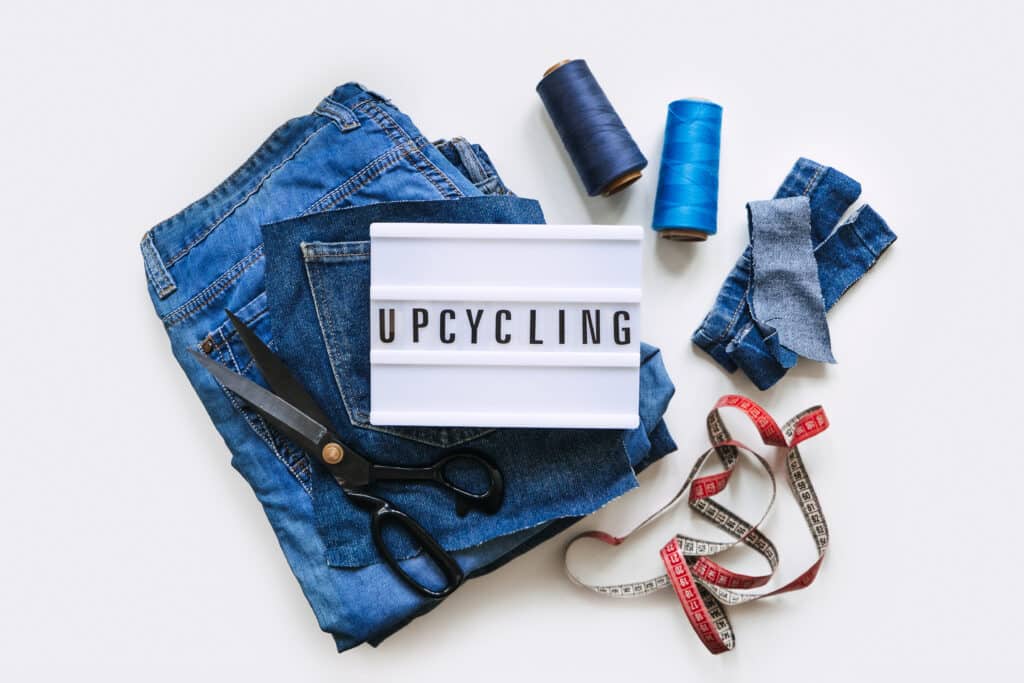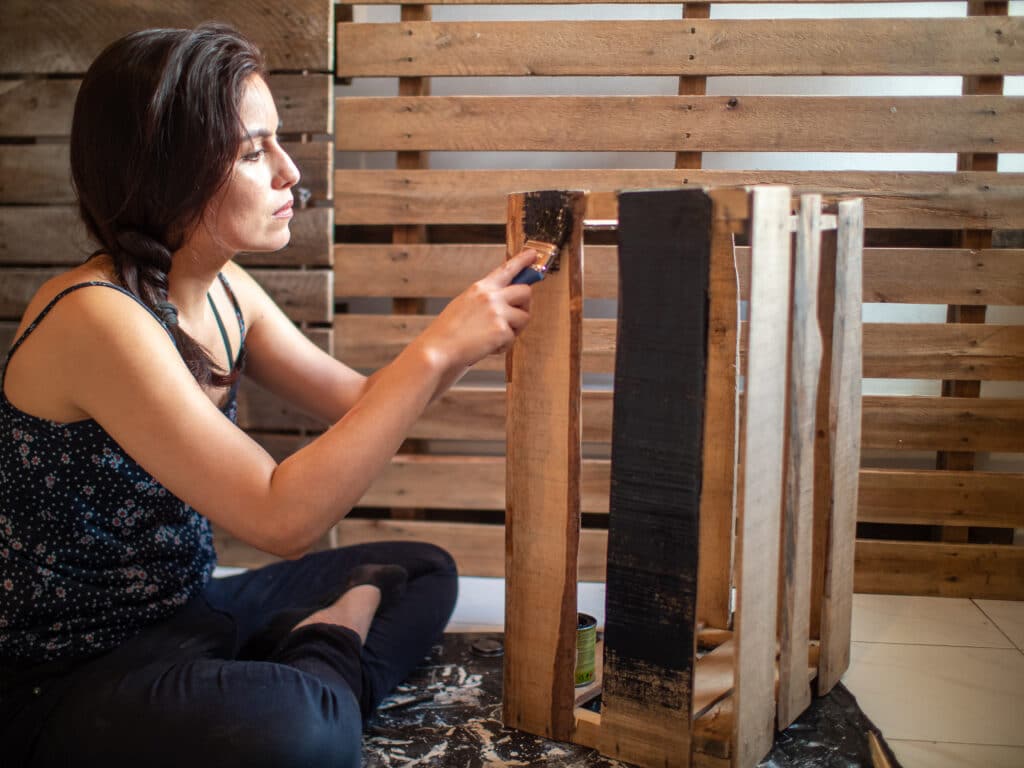Upcycling has become a transformative method for recreating waste into functional products in a sometimes overwhelming world of sustainability. Despite its positive impact, several myths surrounding this process prevent a comprehensive understanding of its potential. In this article, we will address five common misconceptions and provide detailed information and various examples to shed light on the true nature of upcycling.
Myth 1: Upcycling vs. Recycling
Distinguishing between the two is essential to understanding their unique role in reducing waste. Recycling involves breaking down waste into raw materials for new products. On the contrary, upcycling takes a more creative approach, using former materials in their current state and transforming waste into higher-value items. It could include turning old vinyl records into distinctive clocks or reusing retired sails from sailboats into durable, weatherproof bags. This distinction shows how upcycling breathes new life into discarded materials without completely disintegrating them.

Myth 2: Upcycling is Only for Crafty DIYers
Upcycling does not always require advanced craft skills. Every individual can easily contribute to sustainable practices. Consider the ease of recreating old glass jars into stylish storage containers or repurposing wooden pallets into practical furniture. These uncomplicated projects show that everyone can be involved in reducing waste without having to be exceptionally skilled.
Myth 3: Upcycling Takes Way Too Much Time
The view that this process is time-consuming is not generally accurate. While some complex projects may require more time, simple upcycling jobs can save time. Take, for example, the process of remaking discarded glass bottles into unique candle holders, which offers a creative alternative that helps reduce waste. In addition, engaging in such activities as a community or family activity can make the process enjoyable and time-efficient.

Myth 4: Upcycling Stuff Looks Handmade
The belief that all upcycled products have a distinctly handmade appearance is a myth that undermines the diversity of upcycled project results. Take the upcycled furniture industry, for example, where skilled artists use discarded wood and metal to produce sleek and modern designs that blend seamlessly with contemporary aesthetics. This myth overlooks the potential of upcycling to deliver goods that can match store-bought products.
Myth 5: Upcycled Products Lack Quality
Despite the misconception that upcycled products are of poor quality, the opposite is often true. The fashion industry is a convincing example of this. With the rise of upcycled materials, such as the transformation of discarded plastic bottles into durable and stylish bags, there is more evidence that quality can emerge even from waste. Furthermore, the automotive industry has witnessed innovations like upcycled leather interiors, showcasing that upcycling can produce high-quality, sustainable alternatives that rival traditional materials.
Conclusion
In conclusion, when we unmask the facts about upcycled goods and debunk these common myths, it becomes clear that this sustainable practice is not limited to specific skill sets or sectors. Upcycling is a versatile and accessible approach that encourages the participation of individuals from all backgrounds. Whether you’re transforming old glass containers into storage solutions or working with large corporations on innovative projects, upcycling offers a way to contribute to waste reduction in a meaningful and creative way.